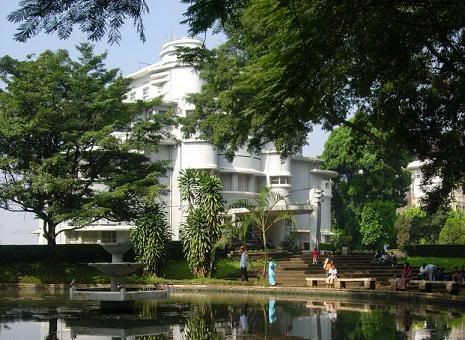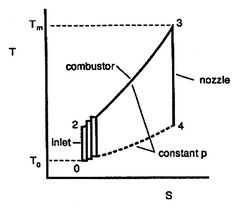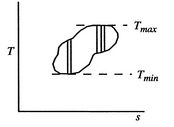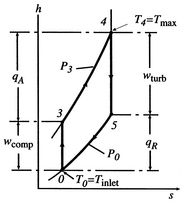

Villa Isola - Wikipedia bahasa Indonesia, ensiklopedia bebas
Berbeda dengan gedung rektorat perguruan tinggi lainnya di Bandung, Gedung Rektorat Universitasi Pendidikan Indonesia (UPI) yang berada di Jalan Setiabudi, cukup unik. Tak hanya dari bentuknya, namanya pun cukup mengundang rasa penasaran. Vila Isola, terpahat jelas di salah satu bagian bangunan.
Pada tahun 1954 Vila Isola pun dibeli pemerintah Indonesia seharga Rp 1.500.000. Vila Isola atau Bumi Siliwangi itu pun kemudian dijadikan gedung Perguruan Tinggi Pendidikan Guru (PTPG). PTPG ini merupakan cikal bakal dari IKIP atau UPI Bandung saat ini.
Semenjak tahun 1954 Vila Isola menjadi kantor rektorat dan juga ruang kelas sekaligus. Tahun 1963 PTPG pun berubah menjadi IKIP Bandung. Sampai saat ini Rektor, Pembantu Rektor dan Sekretariat Universitas masih menempati Vila Isola.
Koordinator Public Relation Universitas Pendidikan Indonesia (UPI) Bandung, Andika Dutha Bachari, mengakui memang banyak versi cerita yang ada di masyarakat seputar Vila Isola. Baik segi sejarah, filosofi, bangunan, ataupun misteri dibalik Vila Isola. "Coba saja search di google, pasti ada banyak cerita," kata Andika.
UPI merasa bangga dan beruntung memiliki salah satu karya heritage yang begitu terkenal. "Kita dititipi warisan dunia yang begitu berharga, walaupun biaya pengurusannya memang tidak sedikit," kata Andika.
UPI berencana akan merevitalisasi kawasan Vila Isola sebagai bagian dari kampus UPI. Isola Heritage akan jadi kawasan cagar budaya yang dapat dinikmati seluruh kalangan sebagai bagian dari wisata pendidikan. "Tapi bangunan Vila isola tidak akan diubah sedikitpun karena yang dipugar hanya taman dan daerah sekitarnya," kata Andika.
Lebih lanjut Andika menuturkan, masih ada karya C.P. Wolff Schoemaker selain Vila Isola di kawasan Kampus UPI, yaitu 12 rumah yang berada di sebelah barat Vila Isola.
"Dalam revitalisasi nanti rencananya 12 rumah tersebut akan dijadikan questhouse yang dapat disewakan untuk siapa saja yang akan menginap. Dan pendapatan dari situ dapat dialokasikan untuk perawatan Vila Isola itu sendiri," katanya.
Dengan konsep bact to original alias mengembalikan Vila Isola ke fungsi awal, UPI telah melakukan berbagai upaya seperti membentuk tim perencanaan dan pengumpulan data. Hal tersebut dilakukan agar hasil akhir Isola Heritage ini tidak akan mengecewakan. Revitalisasi ini akan dibuat sesuai dengan bentuk dan fungsi Vila Isola dari catatan sejarah dan dokumen yang ada, untuk itu perlu dikonsultasikan dengan berbagai pihak supaya tidak salah kaprah.
"UPI tidak akan bertindak gegabah, dengan senang hati kami terbuka untuk semua saran dan kritik yang diberikan seputar Vila Isola," kata Andika.
"Kami tidak merasa Vila Isola itu milik UPI saja tapi juga milik warga Bandung, Indonesia juga," sambungnya.

Physics (Greek: physis – φύσις meaning "nature") is the natural science which examines basic concepts such as energy, force, and spacetime and all that derives from these, such as mass, charge, matter and its motion. More broadly, it is the general analysis of nature, conducted in order to understand how the world and universe behave. Note that the term 'universe' is defined as everything that physically exists: the entirety of space and time, all forms of matter, energy and momentum, and the physical laws and constants that govern them. However, the term 'universe' may also be used in slightly different contextual senses, denoting concepts such as the cosmos, the philosophical world, and nature.
Physics is one of the oldest academic disciplines, perhaps the oldest through its inclusion of astronomy. Over the last two millennia, physics had been considered synonymous with philosophy, chemistry, and certain branches of mathematics and biology, but during the Scientific Revolution in the 16th century, it emerged to become a unique modern science in its own right. However, in some subject areas such as in mathematical physics and quantum chemistry, the boundaries and the borderlines of physics remain difficult to distinguish.
Physics is both significant and influential, in part because advances in its understanding have often translated into new technologies, but also because new ideas in physics often resonate with the other sciences, mathematics and philosophy. For example, advances in the understanding of electromagnetism led directly to the development of new products which have dramatically transformed modern-day society (e.g., television, computers, and domestic appliances); advances in thermodynamics led to the development of motorized transport; and advances in mechanics inspired the development of the calculus.
- 1 Introduction
- 2 History
- 3 Branches of Physics
- 4 Research fields
- 5 Application and influence
- 6 Current research
- 7 See also
- 8 References
- 9 External links


 U.C. Berkeley Physics Lecture Demonstrations
U.C. Berkeley Physics Lecture Demonstrations











